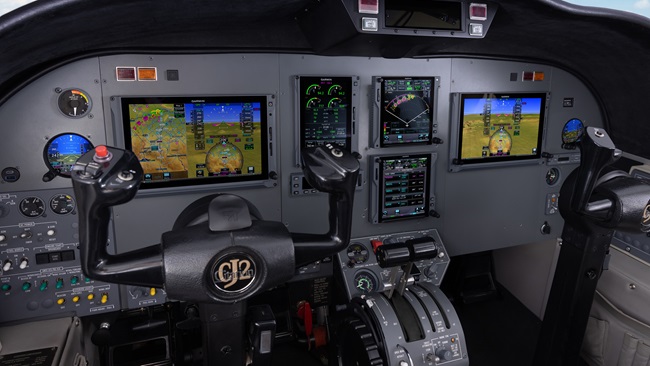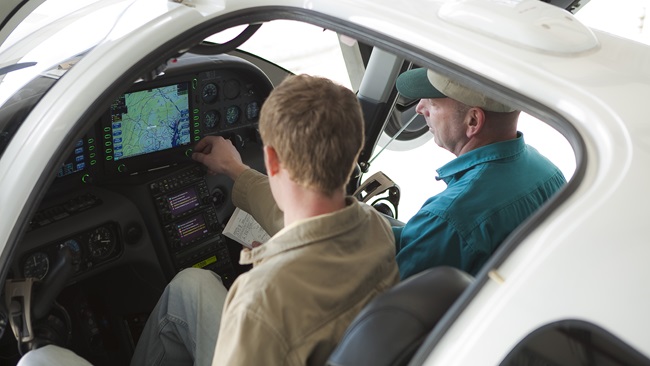TruTrak autopilot STC’d for Skyhawks, Cardinals
Autopilot features bank angle protection
TruTrak Flight Systems’ Vizion autopilot system received supplemental type certificate approval July 19 for installation in Cessna 172s and 177s.
TruTrak and the Experimental Aircraft Association worked together on the STC. EAA will sell the STC for $100; the autopilot system costs $4,000, and the installation kit runs $1,000, according to the TruTrak announcement.
Vizion includes a new bank angle protection mode known as AEP designed to help prevent loss-of-control accidents. AEP works when the autopilot is on but the pilot is hand flying. The system monitors bank angle and helps the pilot lower the angle of bank without fully engaging the autopilot so that the pilot can easily override AEP if desired.
“We have been working on this project behind the scenes for many years and it’s great to finally finish this monumental project. Having the STC issued and beginning deliveries of this system right around EAA AirVenture is just perfect.” said CEO Andrew Barker. “EAA has been a wonderful partner in this process, and I couldn’t imagine a better place to announce the completion of this first STC. We are committed to continuing to work with EAA on adding more aircraft types. We have already begun working on the next installation designs, and look forward to offering those in the coming months.”
Vizion is TruTrak’s first autopilot manufactured for certified aircraft, but it has been producing autopilots for the experimental and light sport markets since 1999.
TruTrak and Trio Avionics, which also received an STC for its Pro Pilot autopilot July 19, are two companies that have long roots in the experimental aviation market and have been working with aviation groups like EAA and AOPA and the FAA to bring their products to the certified market as part of a risk-based parts manufacture approval process.
“The FAA is striving to apply risk-based decision making to the certification process,” said Mel Johnson, acting manager at the Small Airplane Directorate in Kansas City, told AOPA in March. “As we review some of our past policies we see areas where the policy may have been appropriate for high-risk situations but not appropriate for lower-risk applications. By applying a risk-based approach we can ensure compliance while scaling the approach to certification. We anticipate that this will translate into more products being certified for the general aviation fleet that in turn will improve safety.”
AOPA has worked closely with manufacturers and the FAA to advocate a risk-based approach to certification, and the recent slate of autopilot approvals—Garmin announced two autopilots on July 18, plus Trio’s and TruTrak’s on July 19—is evidence that it’s working. Now the association is working to get the FAA to formalize this approach so that the certification doors are open for all companies to bring more affordable, safety-enhancing products to certified aircraft.




